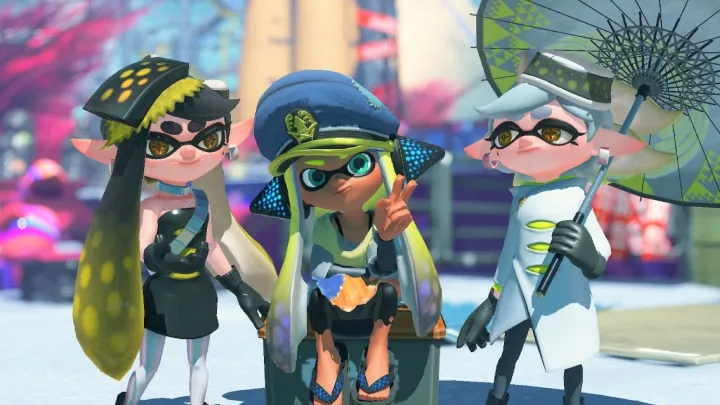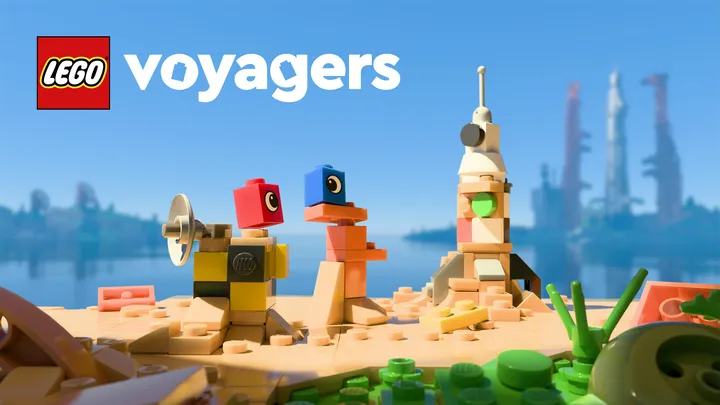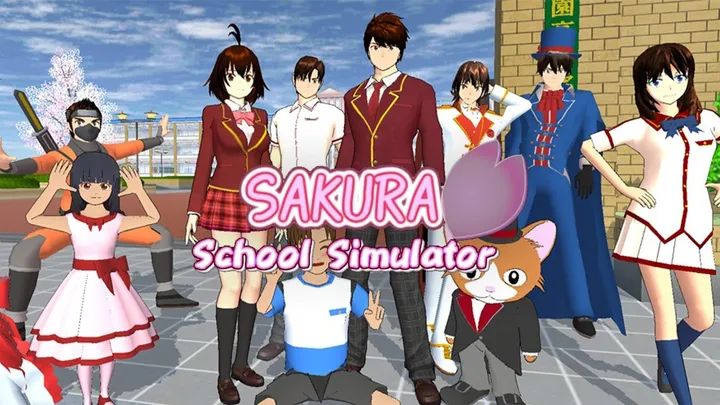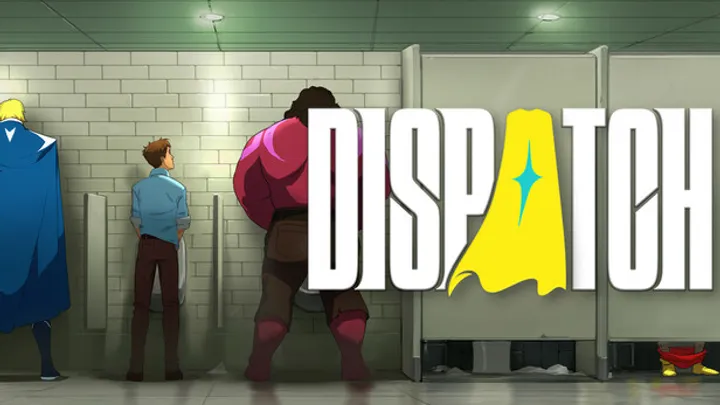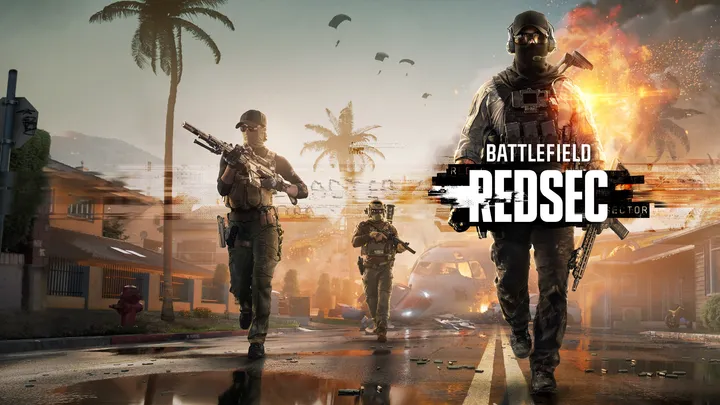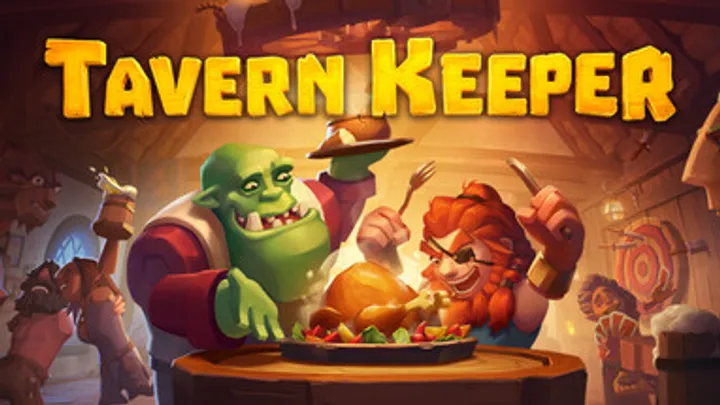
Introduction
Splatoon 3 continues the vibrant, competitive landscape established by its predecessors, immersing players in a world filled with colorful ink, high-stakes turf wars, and a unique sense of community. At the core of this game lies a compelling exploration of identity and community, particularly within the context of the game's diverse characters and multiplayer dynamics. The narrative framework, gameplay mechanics, and societal commentary within Splatoon 3 all serve to enrich this exploration, highlighting the significance of self-expression amid collaborative environments. This article delves deeply into the specific issue of identity and community in Splatoon 3, examining how the game reflects broader themes of belonging, rivalry, and the quest for individuality in a world saturated with collective behaviors.
The Vibrant World of Inkopolis and Beyond
Visual Identity in Splatoon 3
At the start of Splatoon 3, players are introduced to a vividly colorful world—a hallmark of the series. Inkopolis, the game's central hub, pulsates with life, individuality, and culture. This vibrant visual language is not merely for aesthetics; it reflects the rich tapestry of identities within the game. Characters, known as Inklings and Octolings, are designed with distinct features and styles, celebrating diversity and self-expression.
Creating Your Character
Players are invited to customize their characters through a robust character creation system. This customization serves as a primary avenue for individual expression. Players choose features such as hairstyles, skin colors, and outfits, allowing a personal touch that extends beyond the battlefield. These choices encourage players to invest emotionally in their characters, fostering a unique sense of identity unique to each player.
Identity as Gameplay
This emphasis on visual identity is further augmented by the game's mechanics. Players not only alter their appearance but also their gameplay style through different weapons and gear. Each weapon has its own characteristics and requires various skills, providing another layer of identity to how players engage with the game. The combination of aesthetic appeal and gameplay mechanics cultivates a holistic sense of identity that resonates with players.
The Role of Turf Wars in Community Dynamics
Competitive Spirit and Rivalry
At the heart of Splatoon 3 lies the Turf War mode, where teams compete to cover the most ground with their ink. This mechanic is not merely about winning; it fosters a sense of collective identity and belonging among teammates. The thrill of competition breeds camaraderie, and the psychological aspects of rivalry push players to refine their skills, enhancing their connection to both their team and their individual performance.
Communication and Cooperation
In Splatoon 3, success hinges on teamwork. Players must communicate and cooperate effectively to outmaneuver opponents and secure victory. This interdependence reinforces the importance of community dynamics within the gaming experience. Whether through voice chat, in-game signals, or shared strategies, players forge social ties that deepen their investment in the game.
Building Alliances
The aspect of community is further highlighted through alliances formed during Turf Wars. As players compete, they often recognize familiar faces and become attached to particular teams, fostering a sense of attachment and loyalty. These relationships carry over from match to match, creating a social fabric that enhances the overall experience of Splatoon 3.
The Splatfest: A Celebration of Identity and Belonging
The Essence of Splatfest
Splatfest events serve as one of the most significant expressions of community and identity in Splatoon 3. Players choose sides based on themes—from favorite flavors to fictional matchups—and battle it out to prove which choice reigns supreme. These events build excitement and engagement, creating a festive atmosphere that resonates deeply within the player community.
The Impact of Choices
The choices made during Splatfest extend beyond gameplay; they symbolize individual and collective identity. When players align themselves with a particular theme, they not only express a personal preference but also establish their social identity within the broader context of the game. This choice fosters a sense of belonging, as players are united in a common cause, forming bonds with those who share similar sentiments.
Community Involvement
Splatfest represents a convergence of the individual and the collective, where players experience a moment of unity within the competitive spirit. Social media buzzes with predictions, strategies, and community celebrations surrounding these events, creating a vibrant dialogue that heightens the sense of belonging. This phenomenon echoes real-world community engagements, showcasing the significance of communal identity in both virtual and tangible spheres.
The Complexity of Identity: Inklings vs. Octolings
Duality of Representations
In Splatoon 3, players have the option to choose between Inklings and Octolings. This duality enriches the narrative and gameplay experience, allowing for a more nuanced exploration of identity. While both groups share a common foundation, the distinctions— both cultural and aesthetic— offer players the opportunity to align themselves with different facets of the game's identity.
Exploring Differences
The unique traits of Inklings and Octolings provide insights into the themes of acceptance and belonging. Octolings, designed with their own cultural backstory, symbolize breaking away from societal norms and exploring new identities. This narrative encourages players to embrace diversity within the game by allowing them to intersect multiple facets of identity, showcasing that individuality can thrive within shared communities.
Navigating Rivalry and Acceptance
The interplay between Inklings and Octolings introduces an additional layer of complexity to community dynamics. Players may develop preferences or biases toward one group, leading to intra-community rivalries. However, the game encourages players to put these biases aside, discovering similarities amidst differences, thus reinforcing the message that identity is multifaceted and can coexist harmoniously.
Customization and Self-Expression
Gear and Personalization
Beyond visual appearance, Splatoon 3 places immense importance on gear as a means of self-expression. Each piece of equipment not only affects gameplay but also carries unique stats and effects that cater to different play styles. This allows each player to construct their identity through a curated selection of gear that reflects personal taste and strategic preference.
Fashion Statements
Gear in Splatoon 3 serves as a fashion statement, where players can cozy up to the concept of style in the competitive gaming landscape. The wide array of options enables players to convey their unique identity while navigating the competitive arena. The customization options, from hats to shoes, mirror real-world fashion scenarios, emphasizing how identity is expressed through clothing choices.
Community Trends and Fads
The hub community in Splatoon 3 thrives on trends, much like real-world cultures do. Players begin to adopt certain styles, creating a community of followers while others innovate new looks. The constant evolution of styles reflects the dynamic nature of identity within the game, showcasing how players influence each other and contribute to a broader community culture.
The Narrative Journey: Finding Oneself
Campaign Mode as a Metaphor
The single-player campaign of Splatoon 3 signifies a deeper journey of self-discovery. As players navigate through various challenges and enemies, they reflect on themes of identity, growth, and belonging. The personal narrative echoes the larger community experiences, instilling a sense of purpose as players unravel their story while forging connections.
The Influence of Aesthetic Choices
As players progress through the campaign, they confront visual and thematic representations that challenge their understanding of identity. The environments, enemies, and allies each contribute to a narrative where themes of collaboration, individuality, and acceptance unfold. Players are compelled to navigate through a fragmented world, seeking unity not only in gameplay but in the overarching story.
Resolution and Self-Acceptance
The culmination of the campaign represents a resolution of identity—a fulfillment of personal and collective growth. Players emerge having traversed not just challenges, but personal reflections and community acknowledgments. This journey reaffirms that identity evolves not only through competition but through shared experiences and acceptance, allowing players to embrace their unique place within the community.
The Global Community and Cultural Impact
Connecting Players Worldwide
Splatoon 3 transcends regional barriers, forming a global community of players. This collective identity thrives on shared experiences and memories built over time. The game's accessibility and engaging mechanics create an environment rich with diversity, attracting enthusiasts from various cultural backgrounds.
Language and Communication
The game's colorful design acts as a universal language, bridging gaps and fostering connections across cultural divides. Players communicate through gameplay mechanics, gestures, and community-driven events like Splatfest, mitigating language barriers. As players come together, they cultivate a sense of belonging that extends beyond competitive interests, emphasizing the value of collective identity.
The Cultural Exchange
Through Splatoon 3, players not only exchange competitive strategies— they share cultural interpretations of style, narrative, and social interactions. This cultural exchange allows players to learn from one another, fostering a broader understanding of global identities reflected within the game. This diverse tapestry enhances the community dynamic, showcasing how games can serve as platforms for broader cultural conversations.
Conclusion
In its essence, Splatoon 3 creates an engaging and colorful exploration of identity and community. Through vibrant characters, intricate layers of customization, and collaborative gameplay, the game uniquely encapsulates the human desire for belonging and self-expression. The rich cultural landscape and narrative depth invite players to participate in a shared journey while emphasizing the importance of individuality and community through each interactive experience. As players ink their paths, Splatoon 3 teaches that identity is not a singular experience; it is an ever-evolving, multifaceted journey shaped by the people and communities around us. Ultimately, Splatoon 3 resonates as not just a game, but a vibrant expression of the intricate interplay between identity and community in a shared digital landscape.